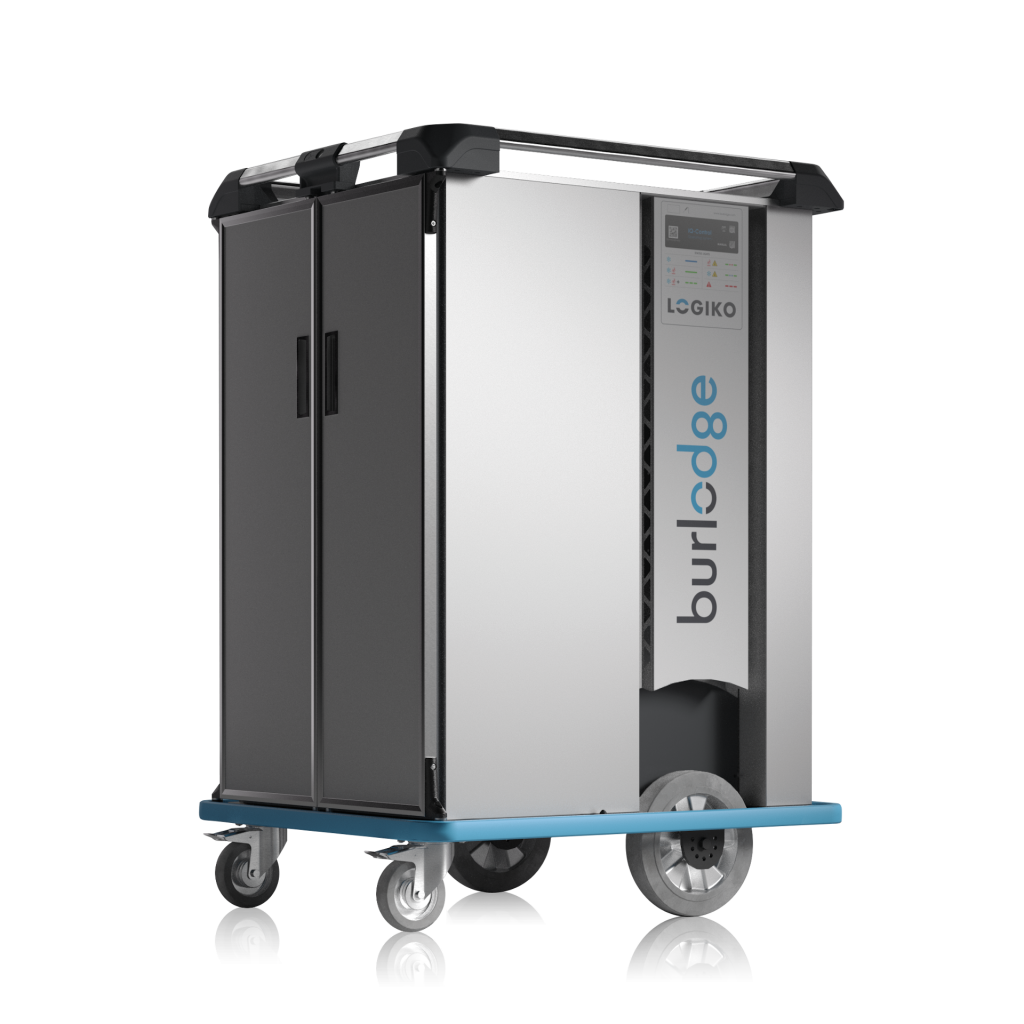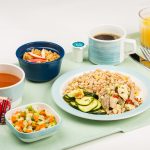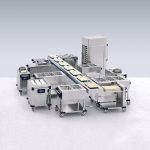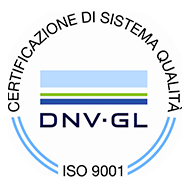In the grand scheme of trying to improve patient satisfaction, menu enhancements are a key indicator for most hospital food service operations. What may have once been a predictable line up of menu items, food directors are now pressed to be more strategic than ever to keep patients nourished while meeting the budgetary line. Swapping out certain items or trying fresh ideas are just the start.
As a few of our clients have shared with us recently, there are a number of tactics that leaders are introducing to help improve the overall experience for patients and staff alike. Please note that while we have to maintain our clients’ anonymity it’s worth noting that one of our clients is in the Chicago area while our other two contributors are based in the Greater Toronto Area.
Fresh Thinking
Let’s start with the growing initiative to move from an outsourced/convenience food menu to an in-house preparation menu, as one of our clients has done. For example, shifting from a frozen chicken breast to a fresh one has been an immense change, comments the director. “It looks, smells and tastes like real food,” she says, adding, “If they eat well, their length of stay decreases.”
Not only that, serving good food has also reduced the reliance on supplements. It’s also worth pointing out that the upshot of serving better food is that staff are proud to serve it.
Staff Involvement
That said, more effort is also been put into including staff in tasting menu items so they know exactly what they’re serving. That inclusion extends to nurses for one of our clients as they can help to build anticipation around the food choices. Involving different staff on the floor is creating a greater culture of promoting nutrition all around. Another client has established a program where members of the senior team regularly join staff on their rounds and speak directly with patients to gauge satisfaction. This makes it modestly easier to address food needs and budget requirements when those discussions occur.
Reassess Portioning
Still, making good decisions about menus sometimes demands real insights rather than anecdotal evidence. For one operation, the effort to conduct waste audits have helped to streamline menus. With the assistance of six students, they undertook a formal study to help them develop a clear-cut idea of the preferred food choices and consider portion sizes. By scoring the results from over 29,000 trays, they were in a position to make much clearer decisions while offering management the data to back it up.
Among the findings, the staff discovered much of the waste could be attributed to the fact that patients have low appetites due to being in bed most of the day. That lack of movement does not create a comparable appetite to someone who is healthy and moving around. This has caused them to consider whether getting away from three meals a day is a recommendable step and help nourish people with smaller servings throughout the day.
Be Presentable
In another instance, that evidence-based approach is a means of reinforcing the importance of presentation. One food director we spoke with takes photos of the plates that leave the kitchen and assembles them into a PowerPoint deck to share with others. “Presentation is very important. Is it heating properly? Does it look good? Do we have the right portion size and temperatures?”
She also raises the issue of looking at the basic food items and considering the demographics that they’re serving. “Overseeing more than one facility means there are different needs. What works at one facility doesn’t necessarily work at the other,” she points out, “so we talk to dietitians and try to better understand what patients are asking for.”
For another client, a greater emphasis has been placed on scripting for food service staff so they are making positive suggestions when speaking with patients and building up a sense of anticipation about the nutrition to come.
Better, Not More
Another client points to the growing trend of patients wanting better quality food while foregoing the need for large portions. “We are recognizing that people expect recognizable, healthy options,” says the director of patient experience. This can range from vegetarian options and antibiotic-free meat, to organic supplements and a reduction in the availability of sugary beverages. “We have started to offer bento boxes with less meat, but better meat,” she remarks. “Patients want to know what’s in their body.”
Menu Changes
Concerning effective menu changes that have made a difference, one client points to the insistence on putting a hot breakfast back on the menu instead of a continental breakfast.
“We had nothing but a phenomenal response,” they noted. “The smells are good, patients are eating better and our waste audits are backing that up and proving that consumption rates have improved.”
Another example was replacing a pudding that no one would miss with a more appealing Greek yoghurt. The result? Consumption went up and costs went down. For another it was transitioning to scratch-made soups that generated a highly positive response. In addition to this, “Spoken menus have improved things dramatically. Face time is something that patients miss.” Again, these small steps can improve the overall service delivery. Solutions need to be proposed, trialed and tracked to gauge success.
However your operation is going about adapting to the everyday challenges that accompany food service in the health care, it’s clear that flavourful, nourishing, presentable food will always be front and centre. However, leaders would be wise to entertain different tactics, implement new ideas and be as inclusive as possible to motivate their teams and, ultimately, impress their patients.



















